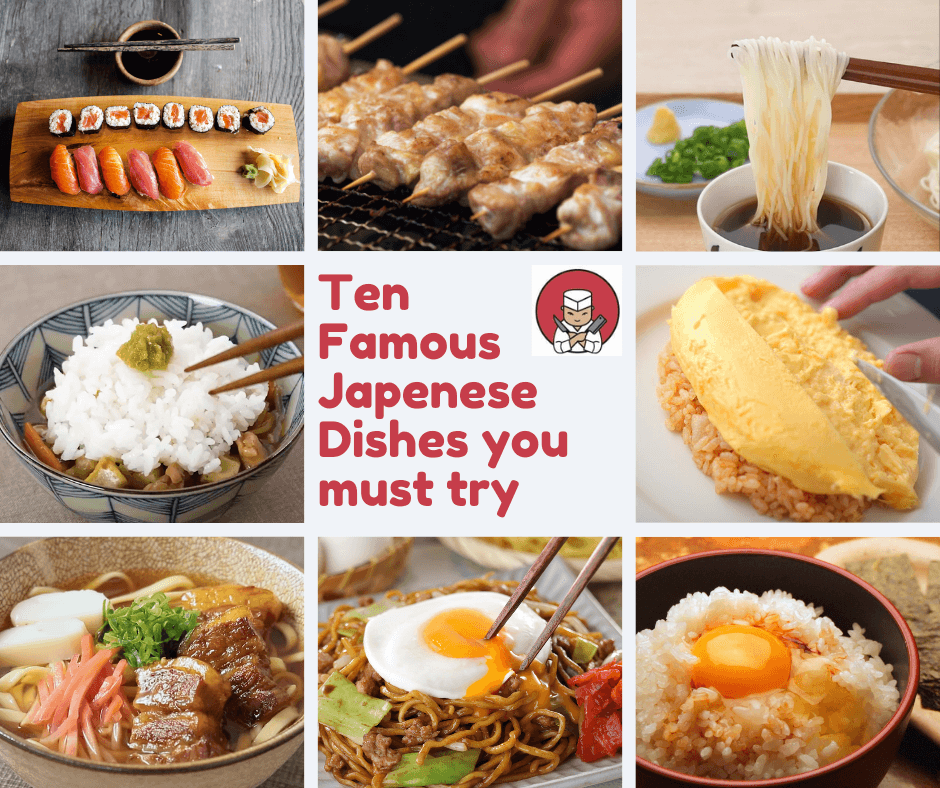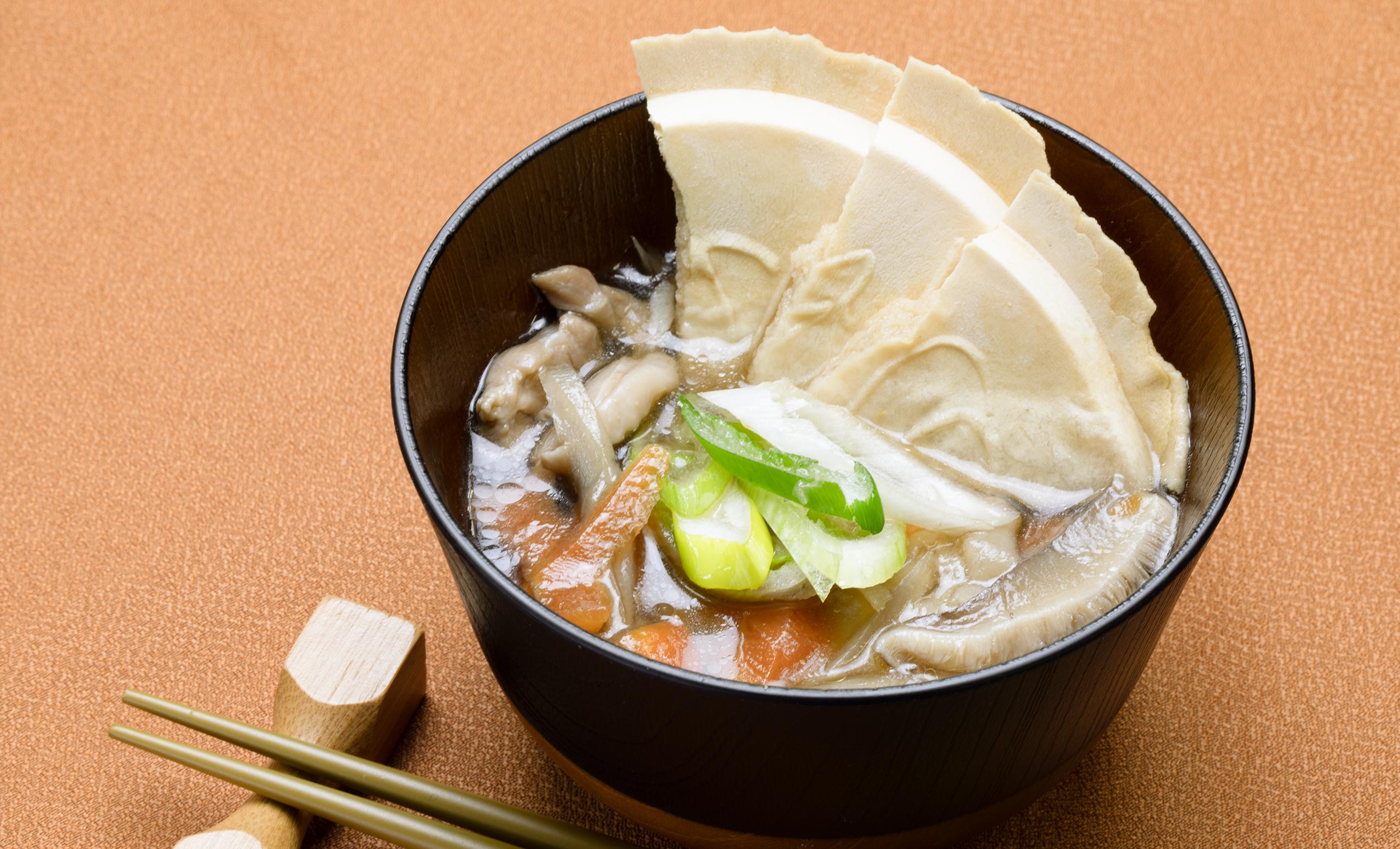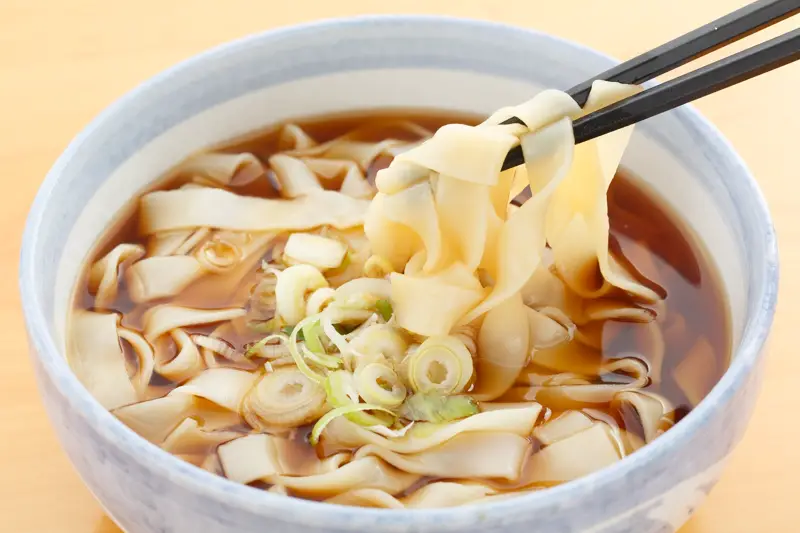
Kishimen (きしめん) is a thin, flat Japanese noodle type from Aichi Prefecture (Chubu Region).
It is a regional variation of udon. Compared to typical udon (i.e. like Sanuki udon), the noodles are much thinner, flatter, and wider.
Read on for more interesting info about kishimen:
Ingredients
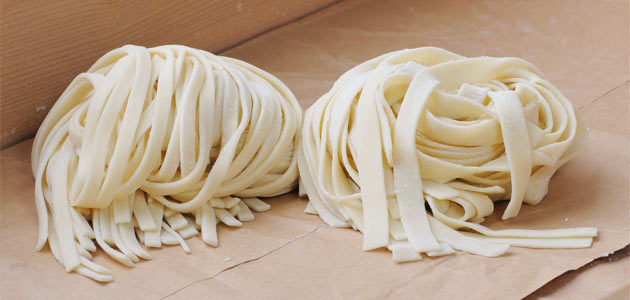
The main ingredients of Kishimen are:
- Flour
- Water
- Salt
When making kishimen, the dough is rolled out much thinner than typical udon (i.e. Sanuki udon). This makes the noodles longer, and also more delicate. The noodles are also cut to be wider than typical udon.
Raw kishimen is generally 1mm thick and 7 to 8mm wide.
According to the JAS (Japan Agricultural Standards), only dried noodles with a width of 4.5mm or more, and thickness of less than 2.0mm, can be considered as kishimen (as well as hiramen or himokawa — other Japanese noodle types).
Since kishimen noodles are so thin, they also absorb water/soup faster. The chef must be aware of this when cooking the noodles. Kishimen is served in many ways, both as hot or cold dishes.
Location / Where to Eat
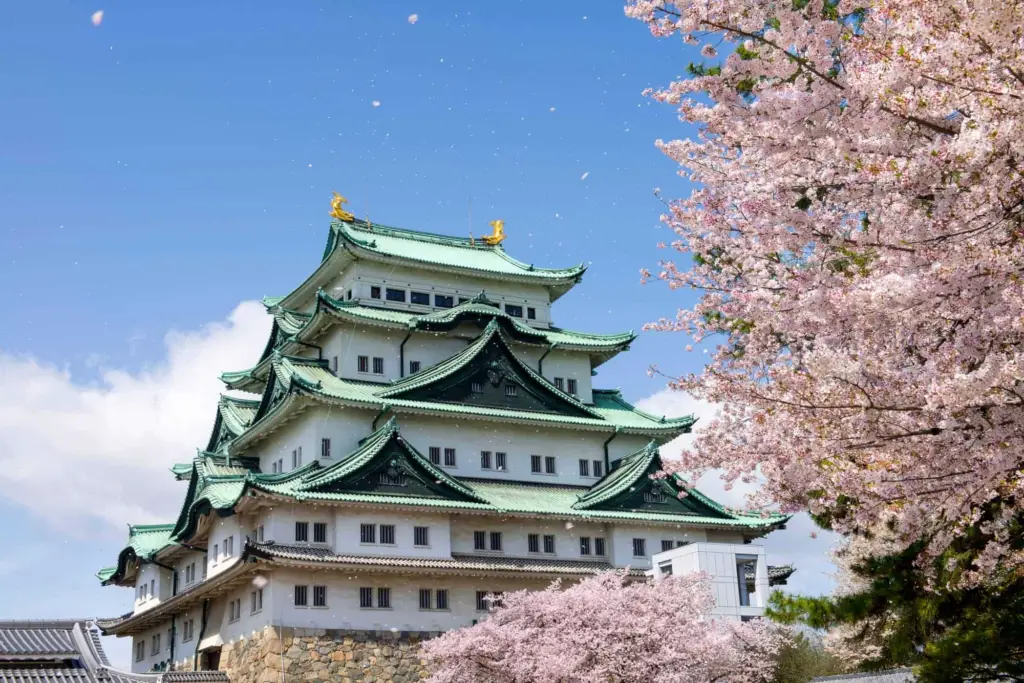
Kishimen is a local specialty of Aichi Prefecture (Chubu Region). In particular, it is popular in Nagoya, the main city of Aichi.
It is a very common noodle type that can be found in restaurants, as well as purchased in supermarkets to cook at home.
History / Origin of Kishimen
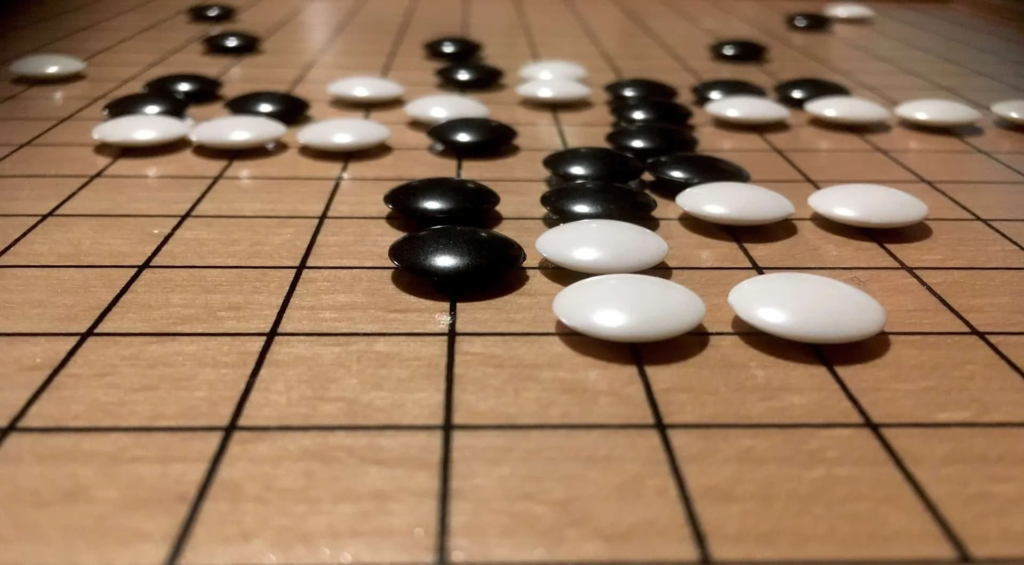
Modern day Kishimen has been eaten in Japan since at least the Edo Period (1600 to 1868). There are various theories about its name and origin, though none are proven.
Many believe that Kishimen evolved from Imokawa Udon, another ancient type of flat udon noodle, when it was introduced to the Nagoya area. Imokawa udon also became Himokawa Udon when it was introduced to Kanto area1https://plus.chunichi.co.jp/blog/mizuno/article/233/10231/. Some other theories of the origin of kishimen and its name are2https://www.nhk.or.jp/nagoya/lreport/article/002/30/:
- Kishimen was originally introduced from China. The original noodles were actually small disc shaped, like the shape of a “Go” boardgame piece. Hence, the Chinese characters (i.e. kanji) for the noodles is 棊子麺. “棊” means “Go”. Somehow, over time, the noodles completely changing appearance, but the original name stuck.
- The person who made originally made Kishimen was from the former Kishu-han province/domain. The name of the noodles was originally called “Kishu-men”, but then later was changed to Kishimen.
- The other one is that the noodles were served with pheasant meat when Nagoya Castle was built in 1609. “Kiji” (きじ) means pheasant in Japanese, so the noodles were called Kiji-men. It then became “Kishimen”
Kishimen Recipe
Kishimen can be made into both hot or cold dishes. You can use it in any dish that you would use udon or other noodles (e.g. kake udon, curry udon, yaki-udon, zaru udon, etc.)
In Nagoya, it is traditionally served in a strong-flavored soup made with soy sauce and local fish stock.
Recipe coming soon!
Fun Facts and Links
- Kishimen is sometimes considered one of Japan’s “big three” udon noodles. The other two are Sanuki udon, and Inaniwa udon.
- Kishimen Club on Facebook aims to promote/preserve Kishimen in Nagoya
Summary
Have you ever tried kishimen before? What did you think of it?
Leave your thoughts and comments below!
Subscribe for free today! Receive cool recipes, my latest Japanese knife picks and learn about Japanese culture. Delivered every other week to your inbox.
